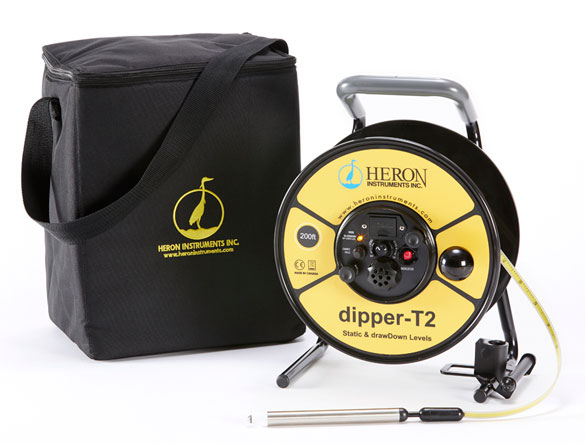
News

What equipment do you need to monitor groundwater?
Why it is essential to monitor groundwater?
Monitoring ground water is essential to gain an understanding of aquifer water levels and quality. This provides insight around how the aquifer interacts with local surface water sources, ecosystems and bores and determines whether development works have potential to impact them.
Ground water monitoring should occur prior to development activities commencing, in order to develop a baseline to compare future monitoring against.
Projects that can have an impact on groundwater can include mining, new water bores, industrial precincts, drilling, and earthworks. The requirements of groundwater monitoring depend on your project, the activity, and the presence of any sensitive receptors. Sensitive projects often require more intensive baseline evaluation and robust ongoing monitoring requirements.
There are three main stages associated with groundwater monitoring:
Step one: Measuring the depth to water
Measuring the water level in bore is usually done with a handheld water level meter (dipper). A dipper works by lowering a probe into the bore, when it touches the water the meter emits a beep and the depth to water is read off the cable at the top of the borehole casing.

Step two: Collecting the water sample
The next step is collecting a water sample from the aquifer. Generally, water sampling can be divided into three broad methodologies.
- Purge and Sample, where three well volumes of water are removed from the bore prior to the sample being collected. Usually requires a high-volume pump, hand bailers or Waterra tubing.
- Low flow, where the bore is pumped at a low enough rate that a representative sample is collected through the well screens only. Examples of pumps include peristaltic and bladder.
- Passive, which involves no pumping or purging whatsoever. Sampling systems are deployed, left long enough for representative aquifer water to have flown through the bore before being retrieved. Hydrasleeves are a well-accepted example of this method.
Step three: Testing the water sample
To measure the parameters of the water collected from a bore requires a water quality meter. These range from dual parameter pocket testers to multi-probe multiparameter meters. The choice of meter is determined by the projects monitoring regime. Here at ECO Environmental, we can provide a wide range of options. However, our rental fleet comprises the following and cover most project needs:
- TPS WP81 – pH, EC, TDS, Temp. Efficient and easy to use meter, not as robust as the YSI
- YSI ProQuatro – pH, ORP, EC, temp, DO. Very robust, ideal for remote locations
- YSI ProDSS – pH, ORP, EC, temp, optical DO and includes turbidity. Very robust, ideal for remote locations and marine monitoring

If you have further questions on which groundwater monitoring products would best suit your project, please contact the professionals at Eco Environmental. We have a range of products that can meet your needs, so get in contact today regarding how we can best assist you.

